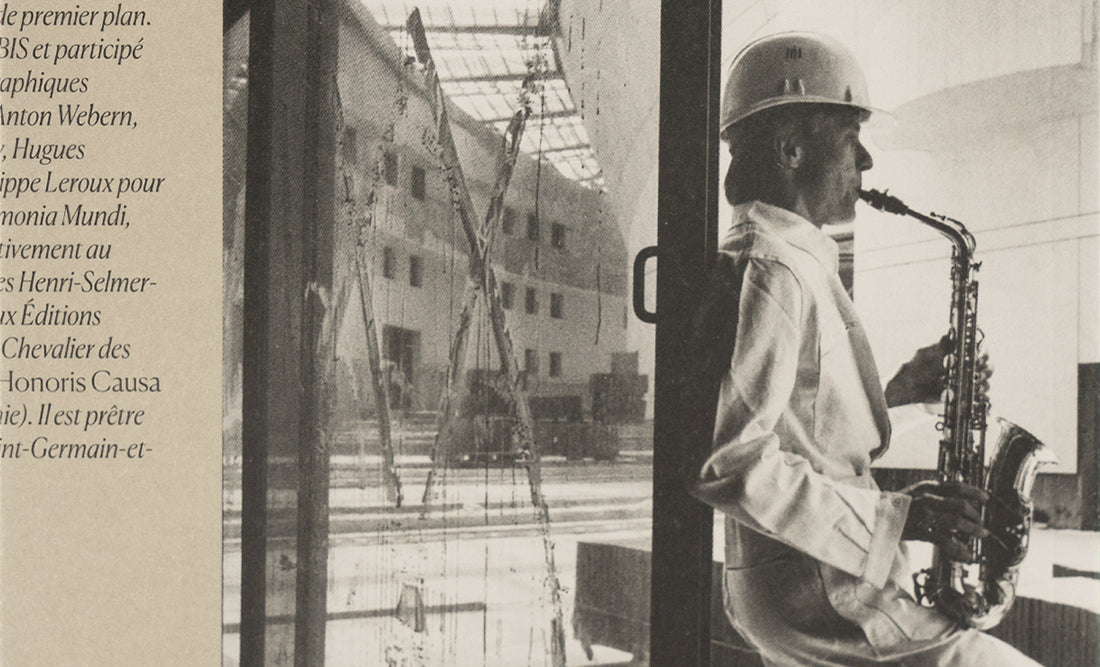Les voies du saxophone, a book by Claude Delangle


World-renowned soloist and pedagogue, Claude Delangle is a living legend in the world of the saxophone. His book is an assessment of his trajectory as a musician, at a time when the saxophonist is ending his career at the Paris Conservatory while being engaged in multiple artistic projects.
In dialogue with musicologist Lucie Kayas, the musician discusses his beginnings with the instrument, his work with composers (among others Berio, Boulez, Dutilleux, Ligeti, Scelsi, Stockhausen, Denisov), his artistic collaborations, his relationship to education...
|
“I very early felt my responsibility in developing a quality repertoire that really takes into account the specific acoustics of my instrument. Creating for myself and transmitting to posterity, with a certain historical awareness, gave direction to my musical activity. [...] When I was appointed to the Paris Conservatoire in 1988, this awareness of responsibility for the development of a high-quality repertoire was suddenly joined by the weight and perspective of the history of the saxophone there, and its influence on the development of schools in many countries. When I was a student myself, certain key works were overlooked: Villa-Lobos's Fantasia - because it was written for an instrument other than the alto saxophone - Paul Hindemith's Trio - because we didn't work on chamber music other than the saxophone quartet and piano duet - or Erwin Schulhoff's Hot Sonate - because we played almost exclusively the French repertoire - or even Debussy's Rhapsodie - which didn't emphasize instrumental virtuosity enough! It was a real frustration for me.” |

Claude Delangle also tells us about the history of the saxophone and instrument making through his role at SELMER. As a tester and acoustic consultant for the company for over 30 years, the saxophonist has participated in the design of several instruments and accessories, including the Series III saxophones, the Supreme alto and of course the Claude Delangle mouthpiece.
|
“The tester's flexibility in terms of sound aesthetics enables him to judge in a more global and nuanced way the improvements that must imperatively be made to win over musician, or sometimes to identify thresholds of evolution that must not be crossed. Patrick Bourgoin and I have always felt the weight of a great responsibility towards the profession, the history of the manufacture and the smooth running of the company [...]. |
The interview continues on the ground of the performer's body, and ends on a more philosophical and spiritual level…
A deep dive into the world of the artist who revolutionized the repertoire of his instrument and left an indelible mark on the history of music.
